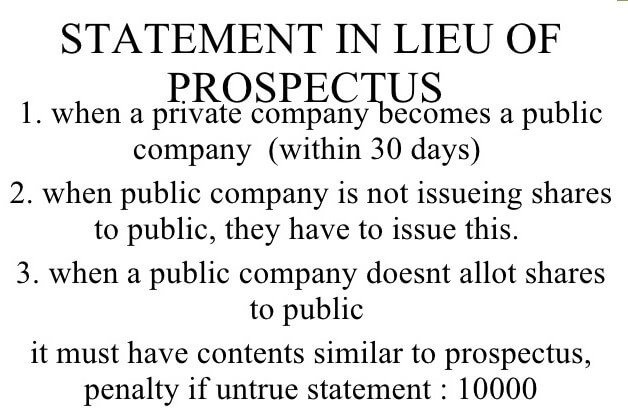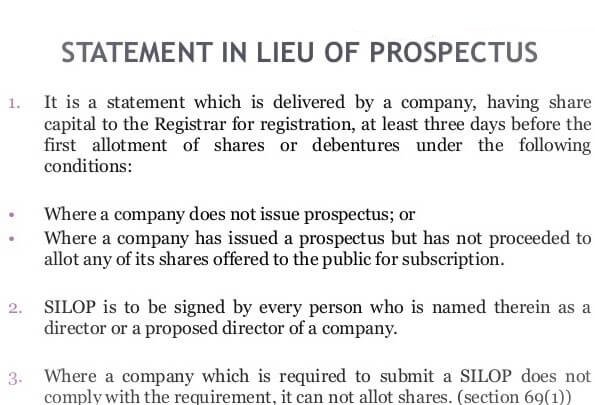Company Promotion Stage
Promotion Stage is the initial and one of the most crucial stages in the formation of a company. It involves the conceptualization of a business idea, planning the structure, and taking necessary actions to bring the company into existence. The Companies Act, 2013 governs the legal aspects of company promotion in India. A promoter or group of promoters initiates this process, and they play a significant role in establishing the foundation of the business.
Who is a Promoter?
Promoter is an individual or a group of individuals responsible for identifying a business opportunity and taking necessary steps to incorporate the company. They undertake essential functions like assembling resources, handling legal formalities, and launching the company. The promoter is the first point of contact for the company’s incorporation.
Responsibilities of a Promoter
-
Conceiving the Business Idea:
The promoter identifies a viable business idea, evaluates market potential, and develops a plan to transform the idea into a successful business venture. This includes researching industry trends, customer needs, and potential competitors.
-
Feasibility Study:
Before proceeding, the promoter conducts a thorough feasibility study to assess whether the business is practical and profitable. The study includes:
- Technical Feasibility: Evaluating whether the technology or resources required for the business are available.
- Financial Feasibility: Assessing the capital needed, potential sources of funding, expected profitability, and break-even point.
- Economic Feasibility: Evaluating the broader economic environment, government regulations, and market demand.
-
Business Plan Preparation:
The promoter prepares a comprehensive business plan that outlines the company’s objectives, strategies, organizational structure, products or services, and market analysis. This plan serves as a blueprint for the future development of the company.
-
Arranging Capital:
A crucial role of the promoter is to arrange for the necessary capital to launch the business. The promoter may use personal savings, approach investors, or obtain loans from financial institutions to raise the initial funding required. The amount of capital needed depends on the scale and nature of the business.
-
Assembling a Team of Directors:
The promoter identifies individuals who will be responsible for the company’s management and operational activities. This typically involves the selection of directors, who are then appointed to lead the company in key decision-making processes.
-
Selection of Company Name:
The promoter is responsible for choosing a suitable name for the company. The name must be unique and comply with the naming guidelines under the Companies Act, 2013. The promoter applies for the company’s name reservation through the Reserve Unique Name (RUN) service of the Ministry of Corporate Affairs (MCA). The selected name must not infringe on any existing trademarks or company names.
-
Drafting Legal Documents:
Promoters play a vital role in the preparation of the company’s foundational legal documents:
- Memorandum of Association (MoA): This document outlines the company’s objectives, scope of activities, and its relationship with external parties. It includes clauses such as the company’s name, registered office, object, and liability clauses.
- Articles of Association (AoA): This document contains the rules and regulations for the company’s internal management, including the responsibilities of directors and shareholders, meeting procedures, and voting rights.
-
Legal Compliances and Preliminary Contracts:
The promoter ensures that all legal formalities are completed before the company’s incorporation. This includes obtaining necessary approvals, licenses, and permissions from government authorities.
- Preliminary Contracts:
Sometimes, the promoter enters into agreements (pre-incorporation contracts) with third parties on behalf of the company, such as for the purchase of property, hiring personnel, or acquiring machinery. These contracts become binding on the company only after its incorporation.
-
Negotiating with Stakeholders:
In addition to raising capital, the promoter negotiates with key stakeholders, including vendors, suppliers, and service providers, to establish favorable terms of business.
10. Filing the Incorporation Documents:
Once the necessary preparations are made, the promoter submits the incorporation documents to the Registrar of Companies (RoC). This includes filing the Memorandum and Articles of Association, details of directors and shareholders, and other necessary forms such as SPICe+.
Role of Promoters in Liability:
While promoters are crucial to the formation of a company, they also hold significant liability during the promotion stage:
-
Fiduciary Duty:
Promoters are legally bound to act in the best interests of the future company. They must not exploit their position for personal gain and must disclose any conflicts of interest to the prospective shareholders.
-
Personal Liability for Preliminary Contracts:
If the company is not incorporated or if it refuses to adopt the preliminary contracts, the promoter may be held personally liable for such contracts unless they are explicitly transferred to the company post-incorporation.

